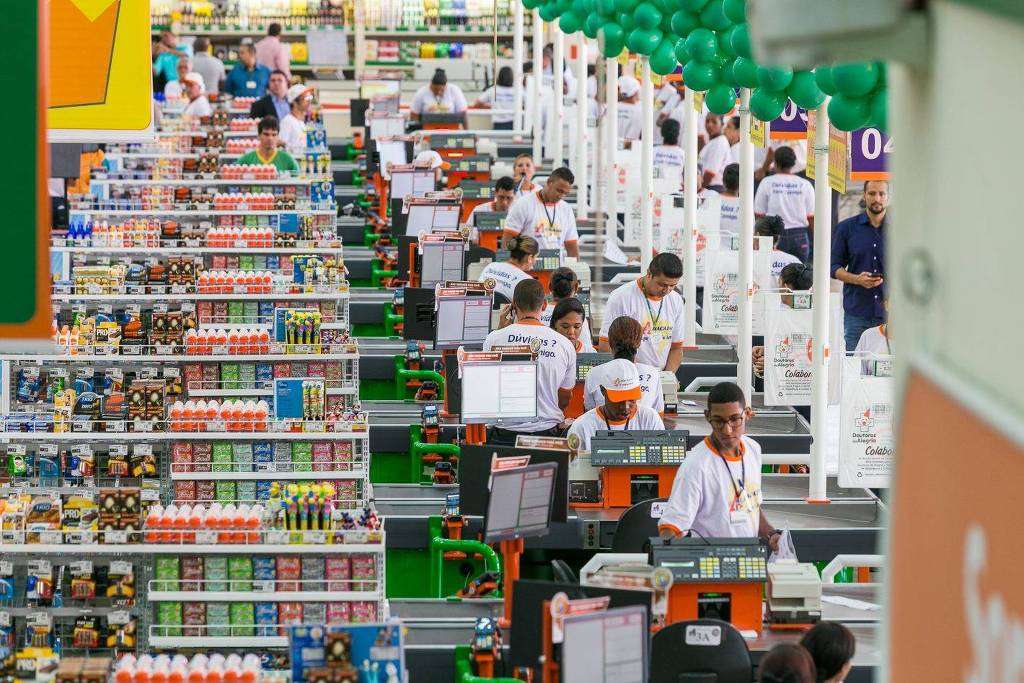
According to the latest research from the Brazilian Retail Think Tank (IRTT), the total revenue of the retail industry in Brazil reached 1.3 trillion Brazilian reais in 2024, showing a relatively low industry concentration. This research covered the 300 largest retailers in Brazil, with the largest players including Grupo Carrefour Brasil, which owns brands such as Carrefour, Atacadão, and Sam's Club.
The study revealed that the top ten giants in the Brazilian retail industry collectively accounted for 36.5% of sales, including companies like Assaí, Magazine Luiza, RD Saúde, and Grupo Boticário. While the influence of large enterprises is expanding, Brazil remains one of the markets with relatively low retail industry concentration globally. The research also found significant variations in market shares across different sectors within the retail industry, with the market concentration in the household appliances retail sector growing rapidly.
Although the retail industry giants in Brazil are still experiencing rapid growth, the gap in their growth rates is gradually narrowing. In 2024, these industry giants saw a revenue growth rate of 9.6%, slightly higher than the overall retail industry growth rate of 8.2%. The study also pointed out that the number of retail companies with revenues exceeding 1 billion Brazilian reais reached a historical high last year, with 200 companies generating annual revenues exceeding 1 billion reais and 26 companies surpassing 10 billion reais.
Furthermore, despite the increasing digitization, physical retail stores are still expanding. Last year, the store footprint of the top 300 retailers grew by 4.3%, adding nearly 3,000 new stores. In the e-commerce sector, Magazine Luiza continued to lead with sales reaching 27.5 billion reais, surpassing Carrefour. Supermarkets and pharmacies remain dominant forces in the retail industry, accounting for 65.8% of sales, while the share of non-food industries has slightly decreased.
Overall, the Brazilian retail industry demonstrates diversification and stability in its continuous development, with companies showing strong resilience and adaptability in responding to macroeconomic shocks.
